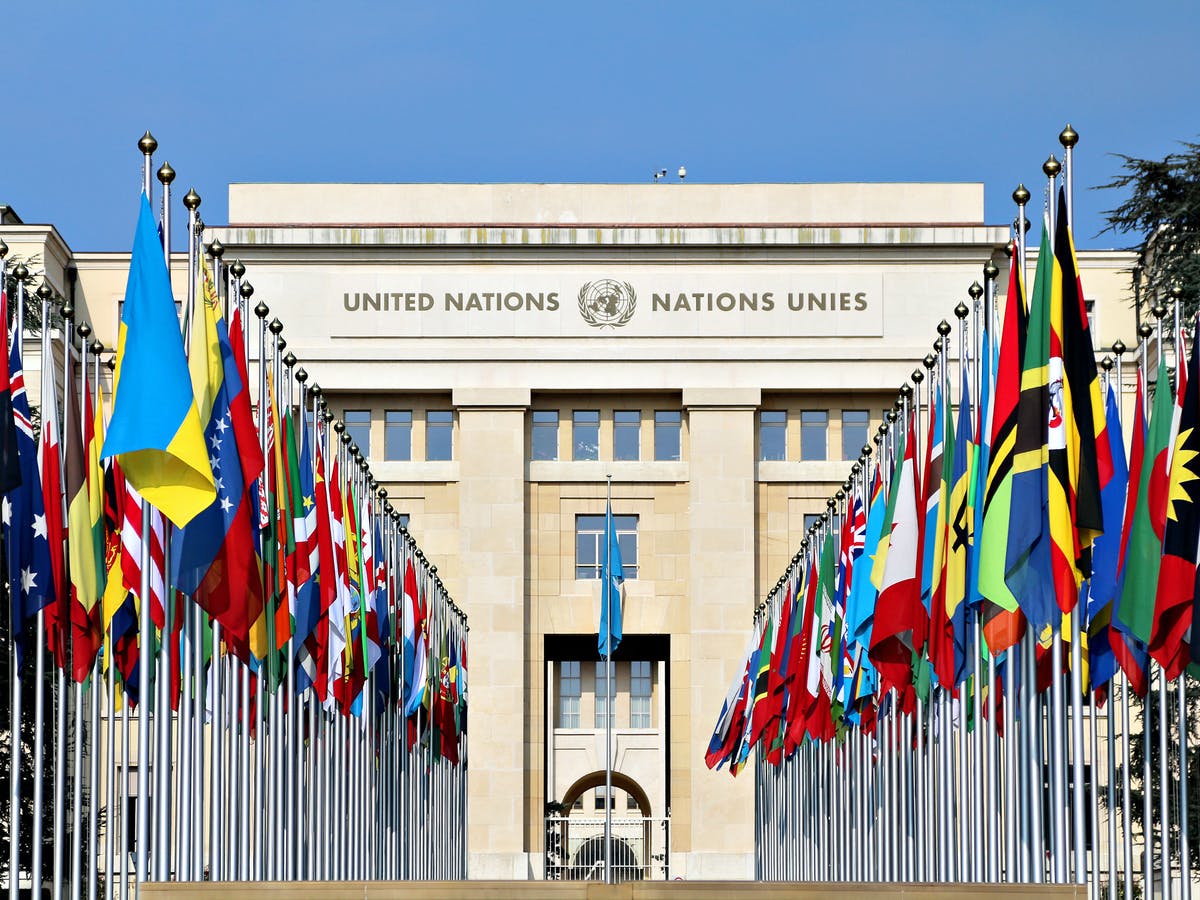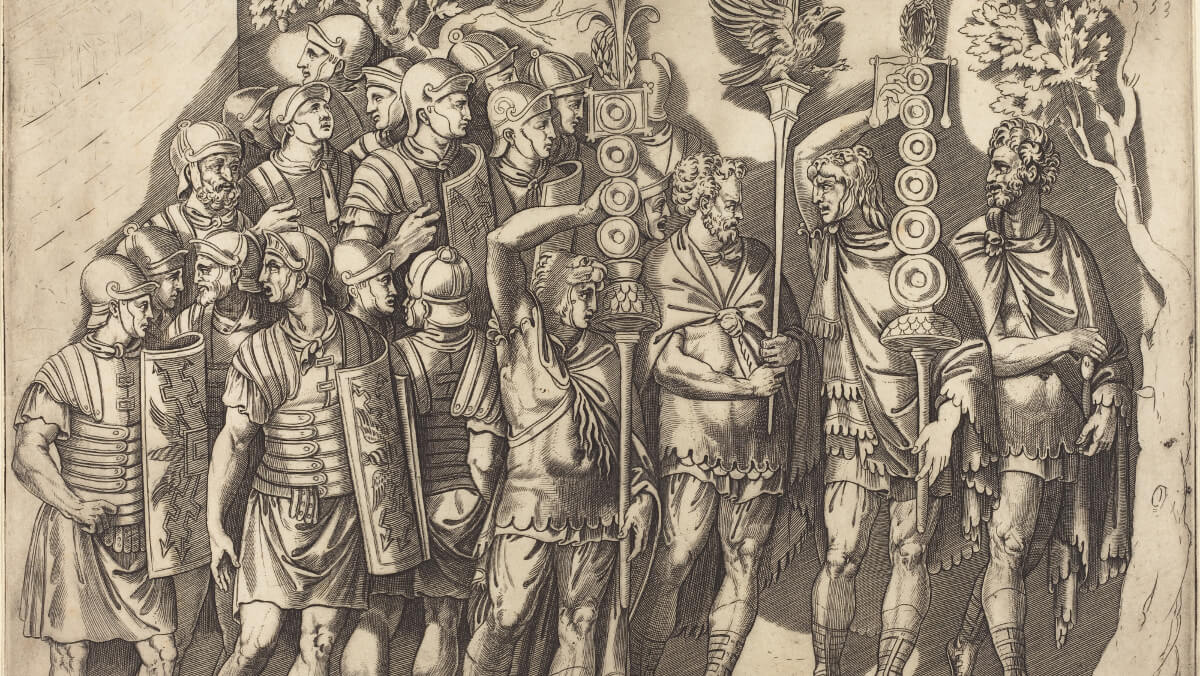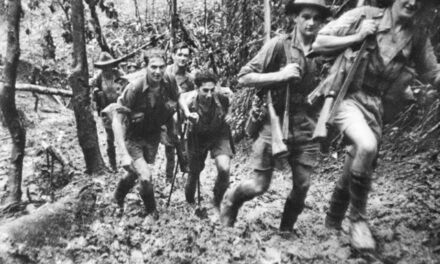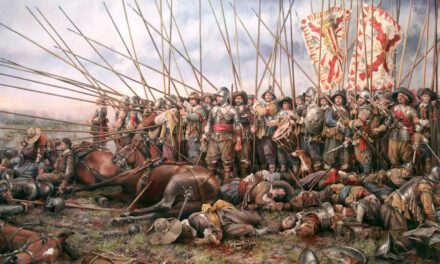Reading time: 6 minutes
Achieving the elusive dream of “world peace”, has long been an idealist and collectivist goal for many societies around the globe. Yet for all its idealism the struggle does indeed continue.
As an organization, the United Nations (UN) is the undisputed “leader” of the movement for international co-operation, peace, and security, despite its many criticisms for being ineffective. Since its inception in the immediate aftermath of the Second World War in 1945, war and other regional conflicts have continued. However it would be short sighted to say that the UN has not played a significant role in brokering peace and reducing tensions.
By Michael Vecchio
War has continued (and will continue), but a mass scale conflict the likes of which the UN was specifically founded to prevent, has been avoided and for that the agency should be recognised as a success.
With the signing of the UN Charter on June 25, 1945, a renewed sense of optimism emerged, and the aforementioned desire for world peace seemed an acheiveable objective. The Second World War was over, the Axis had been defeated, and the reconstruction of Europe, and parts of Asia and the Middle East could now begin. But history still had much to teach the founders of what would become the United Nations, and the errors of the past would need to be closely examined to ensure that this time world peace could at least have a credible chance.
Ironically, it was the First World War, named the “war to end all wars” that prompted the formation of the UN’s predecessor organisation. In 1920 the League of Nations was formed following the Paris Peace Conference (1919) and the infamous Treaty of Versailles. A transnational entity created for the promotion of peace was an idea whose time had come.
United States President Woodrow Wilson devoted the last years of his Administration to spearheading such an organization, after the influence of his “Fourteen Points” of peace for Europe. Derided by some as “Wilsonian Idealism”, the creation of the organisation was supported by the main members of the Triple Entente victors (the UK, France, and Russia), and Wilson was awarded the Nobel Peace Prize for his attempts.
READ MORE: WILSON’S FOURTEEN POINTS
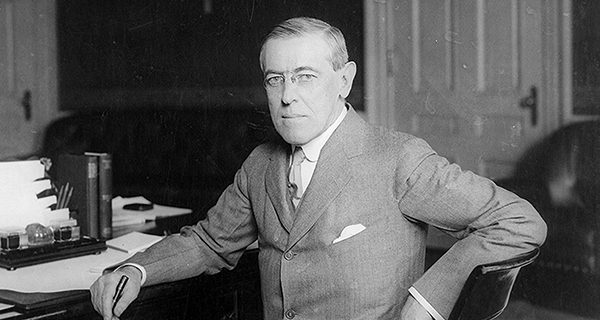
The League of Nations met for the first time in January 1920, but an examination of its structure and ultimately failed existence, are paramount to understand how the United Nations would move forward 25 years later.
Unlike the UN, the League of Nations had no effective way to promote or keep its peacekeeping policies, and notably lacked its own armed force, instead depending on members to enforce any sanctions and resolutions. Fearful of reprisals and breaking the already fragile peace, the main powers reluctantly complied with any sort of enforcement; in essence the idea of promoting peace appealed to many, but actually defending it was something else completely. Absurdly enough, the United States was never an official member, as Congress voted against its membership after Wilson’s departure from office in 1921. With America’s position as a growing world power their withdrawal from the League of Nations fatally weakened this emerging organisation.
The ultimate failure of the League of Nations however rests almost solely on its inability to stop the threat of Fascism on the European continent, particularly in Italy, Spain and of course Nazi Germany.
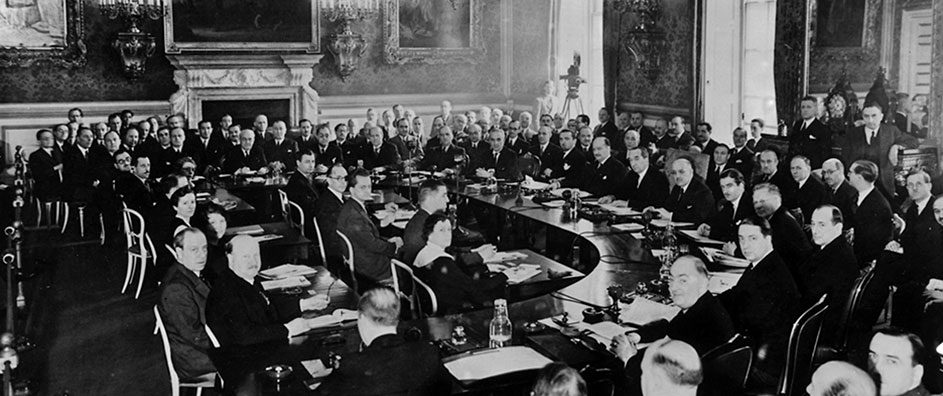
Reluctance and appeasement would lead to inaction in response to Mussolini’s rise to power in 1922, Hitler’s consolidation of dictatorship in the 1930s, and the ongoing bloodbath in the Spanish Civil War; it was clear that the League had never effectively achieved its stated goals, and when the Second World War erupted in 1939, its mandate to ensure the Great War was the “war to end all wars” had failed.
READ MORE: WHY THE LEAGUE FAILED
Though it officially existed until 1946, the League was now a lame institution with little credibility or power; yet its core principles were still sought after, and the beginnings of what become the United Nations began.
The remnants of the League of Nations were transformed into the UN, but only after a post-mortem was conducted. In an effort to reduce hostilities after the First World War, the founding member states hardly acted in response to new aggression; in essence avoiding smaller conflicts would lead to a larger and far deadlier one. If the League version two were to be successful, then bold action would have to be undertaken against rogue actors, even if it ironically undermined the goal of peace. Furthermore member states would need to commit funding, resources, and a willingness to participate before signing on as members.
With the emerging Cold War struggle, greatly challenging the notion of a lasting peace, the founding charter of the United Nations was drafted in San Francisco in the spring of 1945 and adopted on June 25, with the immediate membership of 50 world governments. Beyond preventing any major armed conflict, the UN also expanded its mission to include the protection of human rights (agencies include UNICEF and UNESCO), the delivery of humanitarian aid and the promotion of international law.
READ MORE: THE COLD WAR IGNITES

Soon with the rapid decolonization of the 1960s and 1970s, many now newly independent states joined the organization, which currently stands at 193 members. Although numerous proxy wars (Korea and Vietnam for instance) of the Cold War took place during the agency’s first 45 years, and other military conflicts have occurred, the stated goal of preventing a major world war again has largely succeeded.
With a more assertive governing body, the widening of its mission beyond just world peace, and a generally more co-operative international community, the United Nations has succeeded where the League of Nations failed and continues to be a dominant (and flawed) force in global affairs, even if true world peace remains an elusive dream.

